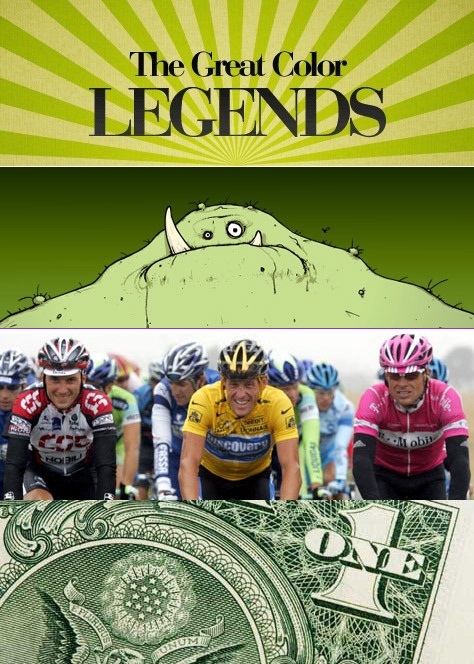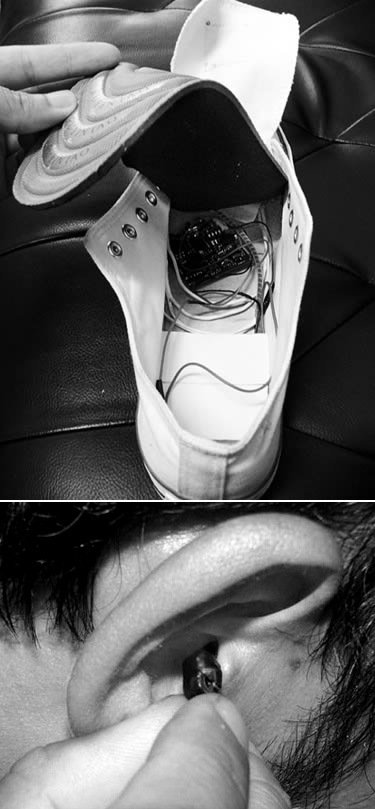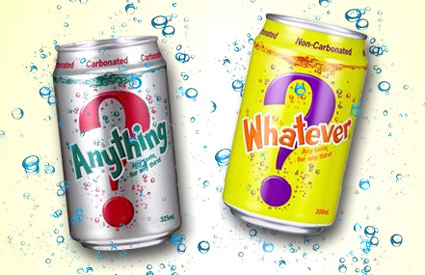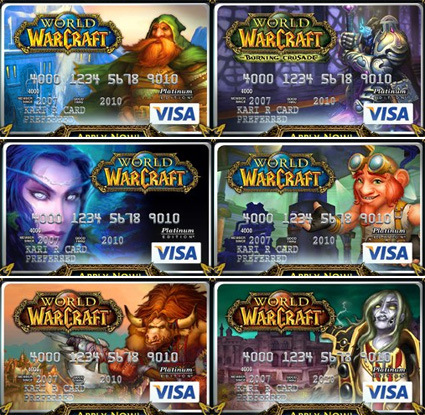I stumbled onto a great article on the current state of branding for products:
So you got line extensions, big ads, expensive logos, brand onions. You got branding. And most of it was as intellectually rigorous as phrenology. Actually it was probably more like Scientology; it was somewhere between a fake religion and a false science.
…
The dismal nature of the branding science has started to become clear to business recently and they’re starting to vote with their investments and appointments. They’re turning from the people who create perceptions of value to the people who create actual value – the designers, technologists, innovators. Hence branded utility, hence ‘design is the new management consultancy‘, hence the current Business Week heroes being IDEO and Ives not CHI and Chiat Day. Hence the limited tenures of CMOs. Hence the rise of communications businesses that can actually make stuff rather than just think of stuff.
If you take Business Week as the sole, definitive guide to the business landscape, you might have the impression that design (and design thinking) has indeed become the zeitgeist, tour-de-force of the new world. Design is increasingly being recognized as much more than simple surface styling – in fact it’s not so much the design skills that are attractive to the suits, but more the design approach, attitude and thinking: for instance the natural emphasis design places on the end user. Personally I guess it’s about time too – years of management theories have focused a lot on the processes – cheaper, more efficient, quality management – supply-side intervention: the tide has turned onto the demand side.
And yet, amidst this hype about incorporating design into the corporates, there lies a great fundamental risk as well – as the “design” buzzword gets applied to every field and where everybody wants to own a piece of the “design” action to somehow feel more important and strategic; every other product launch is termed as the greatest innovation (EVAR!); every little tweak to the systems is labeled as an overhaul after extensive usability study and re-design; and perhaps most pervasively, where every management action/decision is heralded as a consequence of strategic design.
At some point, design in its true sense would have been diluted beyond its original context. By its very nature, design usually leverages across disciplines – unifying and synthesizing a multitude of factors into a coherent, appealing whole. That requires tremendous vision and authority on the designer. And yet, the essence of design: insight, original thought, clever solutions, attention to details and users – might just get left behind or placed on the backburner in favor of quicker, more painless adoption of design into current corporate cultures – “let’s not shake too many trees or too many monkeys would fall”.
Herein lies the greatest danger: as much as it is being trumpeted the loudest, design might fundamentally not be given the room nor its role to play – and are but relegated to mere surface patching of corporate visions in tune with the latest fad – “design”.
That, perhaps is the time when the term “design” loses trust and equity, itself becoming a fad branding: somewhere between fake religion and false science.










